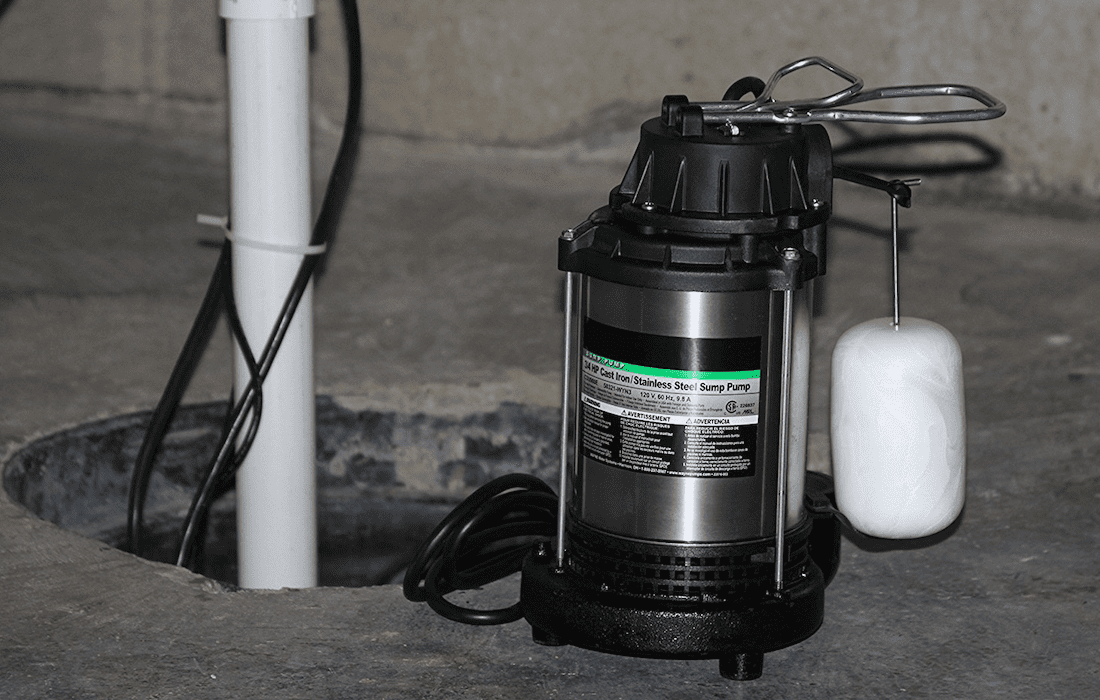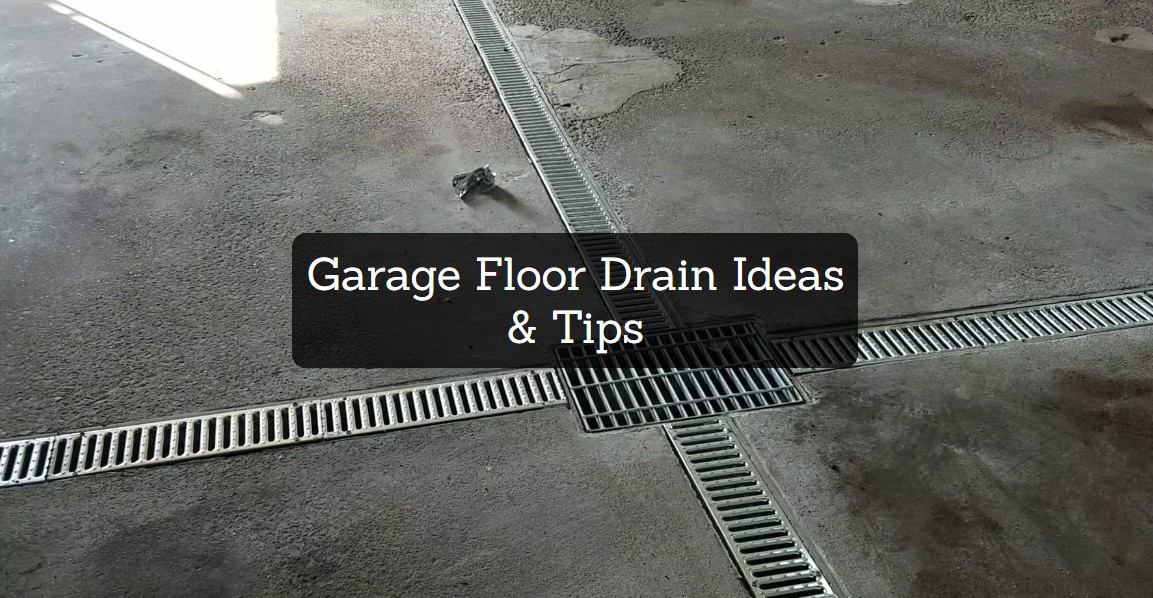When considering the design of your garage, one crucial aspect often overlooked is the floor drain. A well-planned garage floor drain not only prevents water accumulation but also enhances the functionality and safety of the space. In this article, we will explore 15 innovative garage floor drain ideas and tips to help you maintain a clean and dry garage environment.
And before you start, we would suggest you to check the similar article about the Best Garage Floor Mats for Winter.
Sloped Floor Towards Drain
The concept of a sloped floor towards the drain is ingeniously simple and remarkably effective for garage water management. This design principle involves angling the garage floor in such a way that it gently slopes down towards a central or strategically placed drain. The objective is to utilize gravity to facilitate the natural flow of water and liquids towards the drainage point, thereby preventing the accumulation of water on the garage floor.
This idea is crucial in regions that experience heavy rainfall or snow, as it helps to swiftly channel water out of the garage, reducing the risk of slip hazards and water damage to stored items or the garage structure itself. Implementing this design requires precision in construction, ensuring that the slope is sufficient to guide water effectively without being so steep as to affect the functionality of the garage space.
The slope must be carefully balanced to maintain ease of movement within the garage, especially for rolling tools or vehicles. This approach not only enhances the garage’s utility and safety but also contributes to its longevity by mitigating water-related wear and tear.
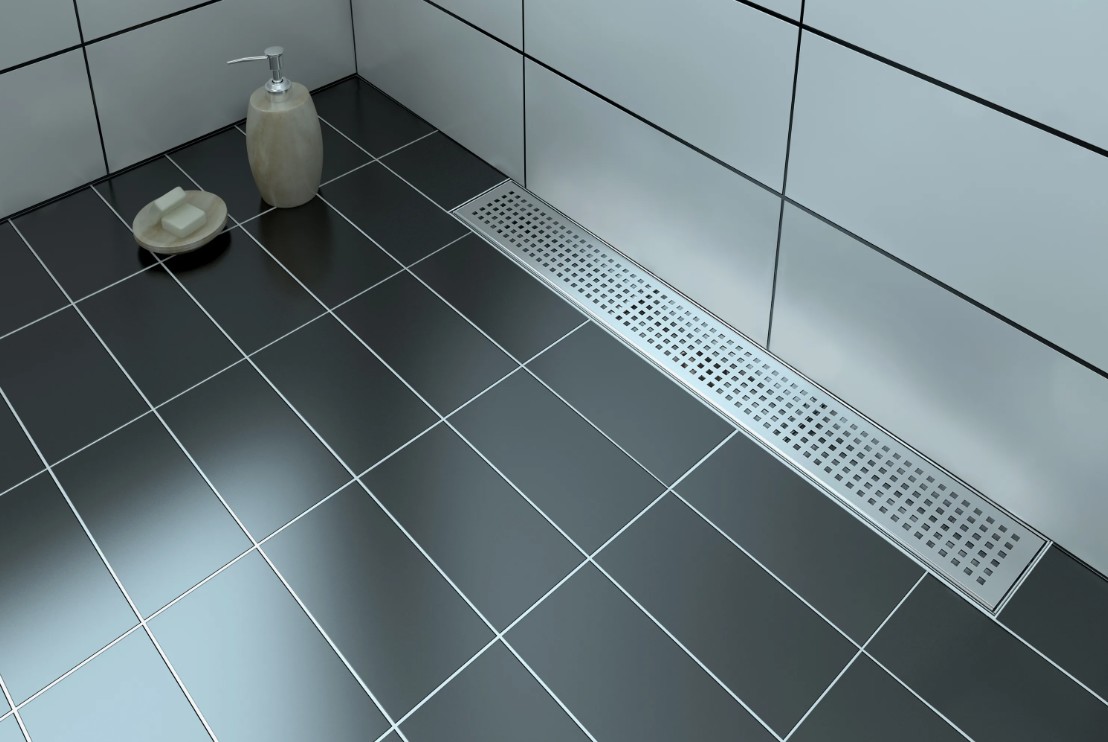
You may also like: 8 Best Garage Floor Drain Systems to Buy
Trench Drains for Larger Garages
Trench drains offer an ideal solution for larger garages, where the volume of water and the area covered make efficient drainage a challenge. These drains are essentially long, narrow channels that run across the garage floor, capturing and redirecting water away from the garage interior.
They are particularly effective in settings where water and liquids are frequently introduced into the environment, such as in workshops, car wash bays, or garages used for vehicle maintenance. The design of trench drains allows them to handle a significant amount of water, making them suitable for large spaces or areas with high water flow.
Installation can be customized to the garage’s specific layout, with the drains placed at the lowest points or along the perimeter to capture runoff most effectively. Grates cover the trench to allow water in while preventing debris from clogging the drainage channel. Trench drains are a robust solution for water management in larger garages, ensuring that the space remains dry, safe, and functional, regardless of the weather conditions outside.
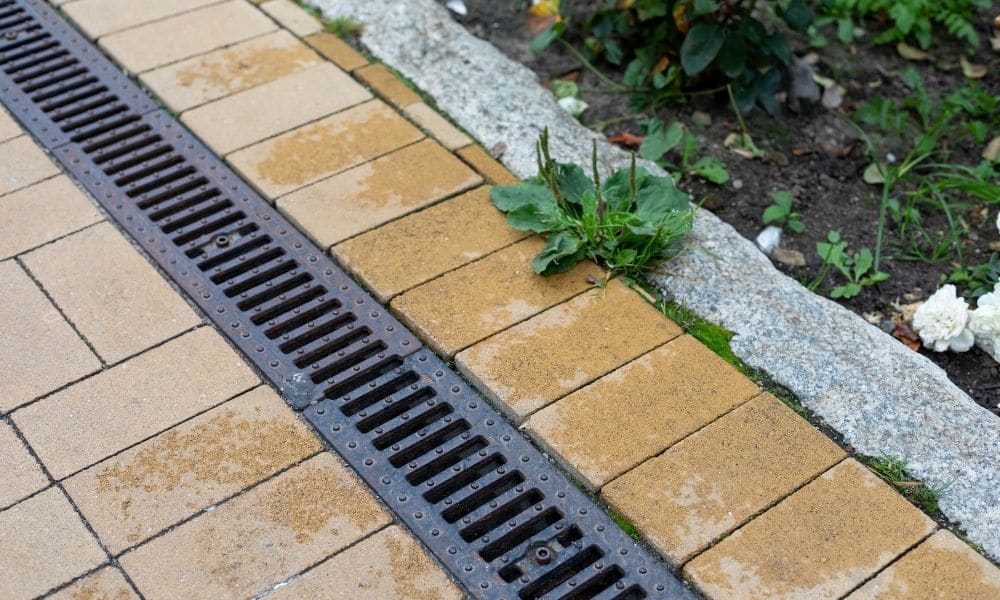
Square Drains for Smaller Spaces
Square drains are an efficient drainage solution for smaller garage spaces where a compact and discrete drainage system is preferred. These drains are typically installed at specific low points in the garage floor where water is most likely to accumulate. Their compact size makes them less intrusive than larger trench or channel drains, fitting seamlessly into the aesthetic of a smaller garage while still providing effective water management.
Square drains are versatile and can be placed in strategic locations, such as near the garage door or under a water source, to catch runoff directly. They often come with removable grates, making it easy to clean and maintain the drain free of debris.
Despite their smaller size, square drains are capable of handling a significant amount of water, ensuring that even compact garages can remain dry and free from water damage. This type of drain is ideal for homeowners looking for a simple, low-maintenance solution to keep their garage floor dry and safe.
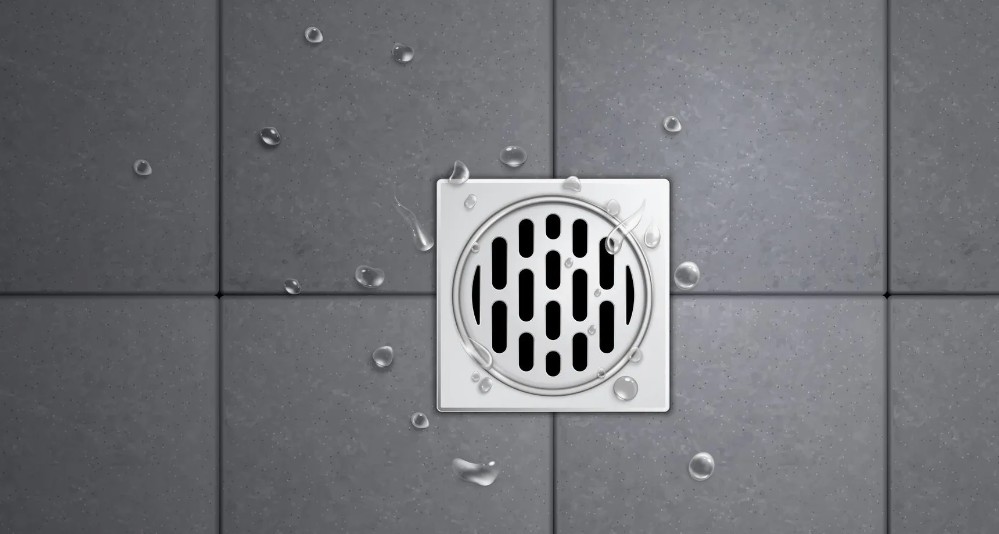
Grated Drains to Catch Debris
Grated drains serve as a dual-purpose solution in garage floor drainage, efficiently managing water flow while also catching debris that could potentially clog the drainage system. These drains are typically characterized by a metal or plastic grate that sits over the drain opening, allowing water to pass through while filtering out larger objects like leaves, dirt, and small tools.
This feature is especially valuable in garages used for woodworking, automotive repair, or other activities that generate debris. The design of grated drains facilitates easy maintenance; the grates can be lifted for cleaning, ensuring the drainage path remains unobstructed. Additionally, the presence of a grate minimizes the risk of accidents by covering the open drain, making the garage safer to move around in.
Grated drains can be integrated into both existing and new garage designs, offering a versatile solution to keeping the garage floor dry and clean. By preventing blockages in the drainage system, grated drains enhance the longevity and effectiveness of garage floor drains, ensuring that water and liquid waste are efficiently expelled from the space.
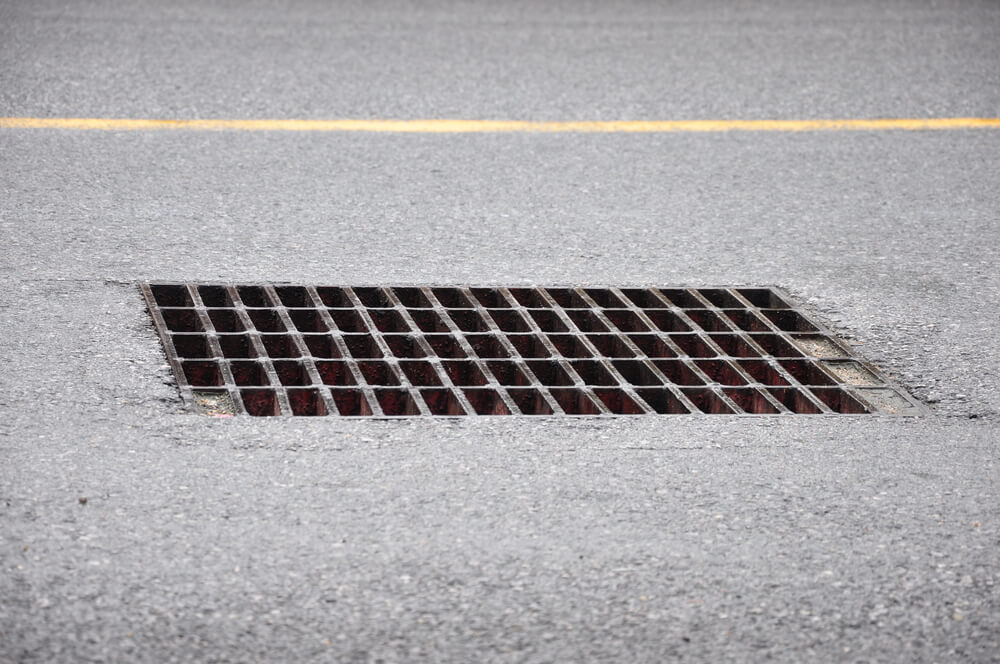
Installation of a French Drain System
The installation of a French drain system in a garage setting provides an elegant solution to managing water ingress and preventing moisture buildup within the garage. A French drain consists of a trench filled with gravel or rock containing a perforated pipe that redirects surface water and groundwater away from the garage.
This system is particularly effective in garages situated in low-lying areas or those susceptible to water accumulation due to heavy rains. The principle behind a French drain is simple yet effective: water flows into the trench, enters the perforated pipe through the gravel filter, and is then channeled away from the garage to a suitable exit point.
This method not only keeps the garage floor dry but also protects the foundation and walls of the garage from water damage. Installing a French drain requires careful planning to ensure the trench is dug to the correct depth and slope, and the drain is placed at the most effective location to capture and divert water.
Although the installation process may be more labor-intensive than other drainage solutions, the long-term benefits of a French drain system in preventing water-related issues make it a worthwhile investment for many homeowners.
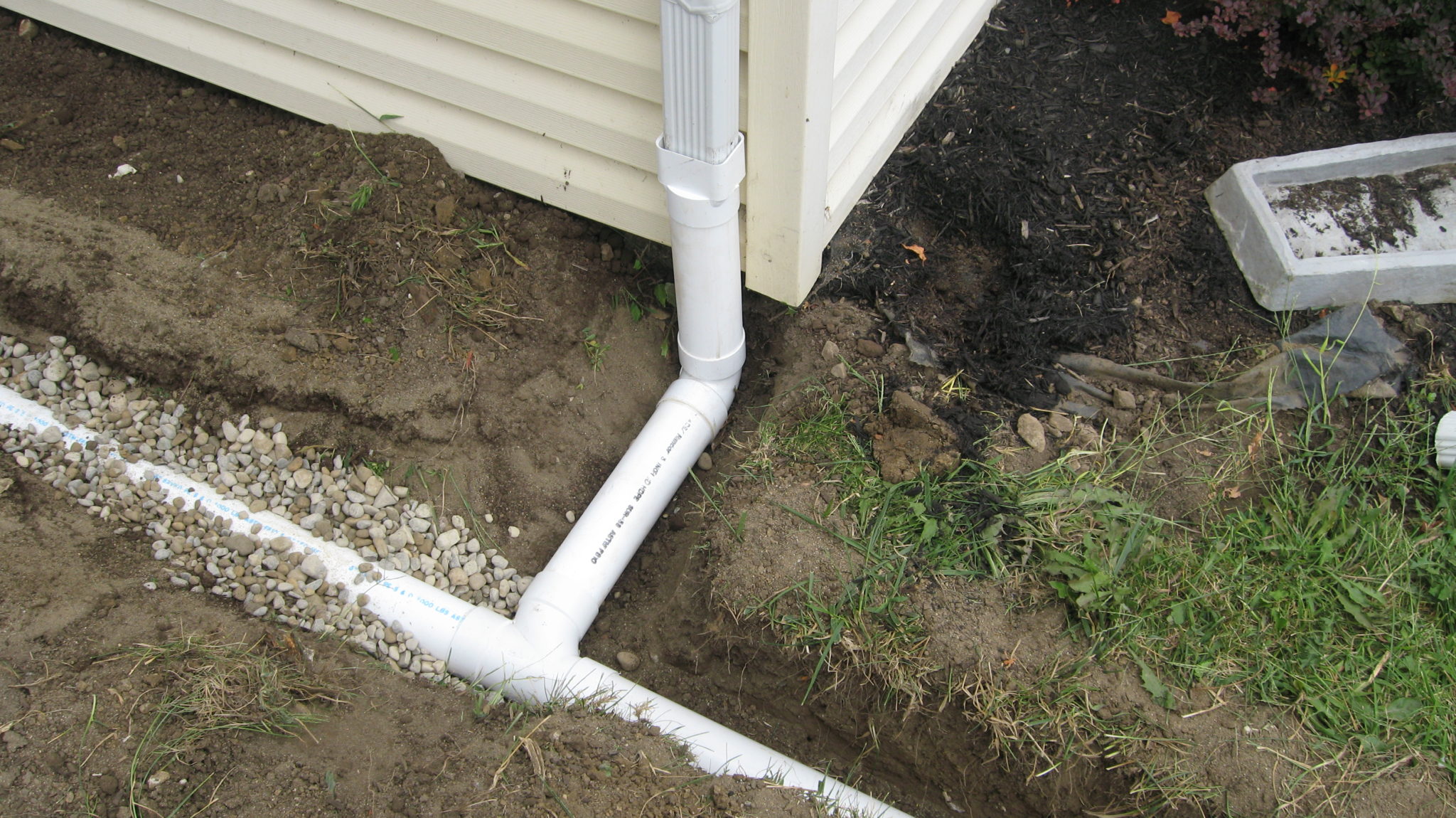
You may also like: 7 Best Garage Brooms for All Floor Types
Channel Drains for Efficient Water Flow
Channel drains, also known as linear drains, offer an efficient and aesthetically pleasing way to manage water flow in garages. These drains feature a long, narrow channel that stretches across the garage floor, capturing water over a wide area.
The design of channel drains allows them to handle large volumes of water quickly, making them ideal for garages in areas prone to heavy rainfall or for spaces where water is frequently used, such as in car washing or cleaning activities. Channel drains are installed flush with the garage floor, creating a seamless look that does not disrupt the garage’s usability or aesthetic.
The linear design also means that water is collected from a larger surface area compared to traditional point drains, reducing the risk of water pooling on the garage floor.
Many channel drains come with removable grates, allowing easy access for cleaning and maintenance. This type of drain can be customized in length to fit the specific dimensions of a garage, ensuring comprehensive coverage and efficient water management. The effectiveness of channel drains in rapidly diverting water away from the garage interior helps to keep the space dry, clean, and safe for use.
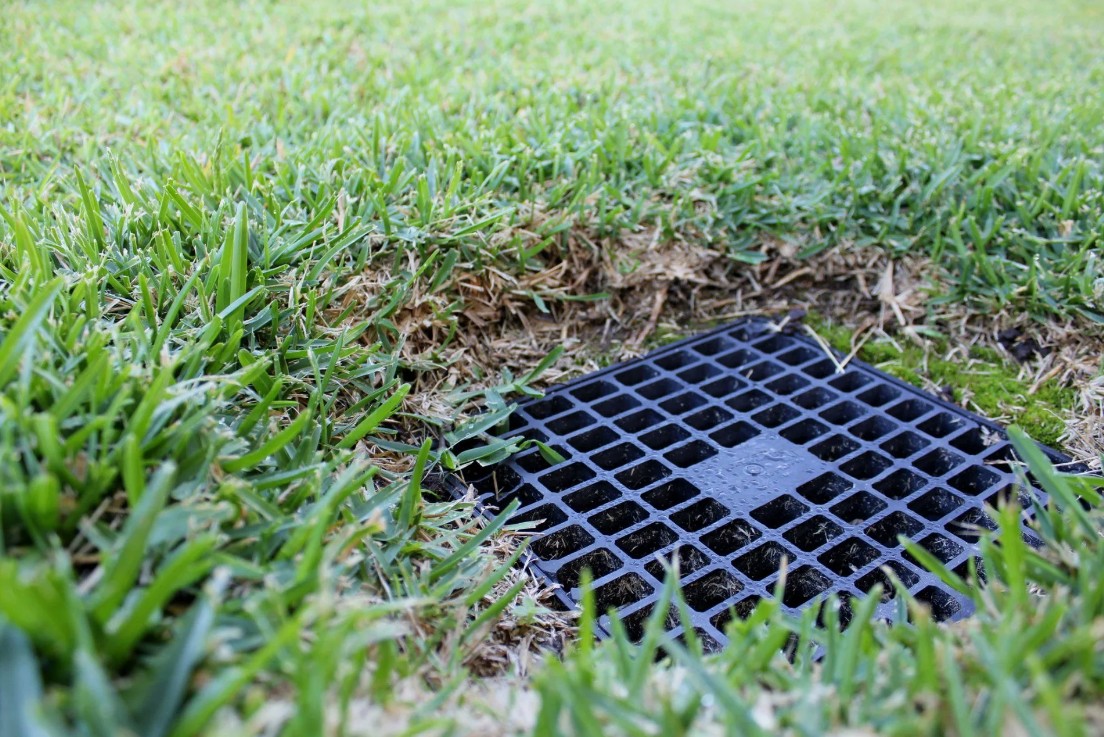
Pop-up Drains for Flat Floors
Pop-up drains present an innovative solution for garages with flat floors, where traditional sloped drainage is not feasible. These drains are designed to remain flush with the garage floor until water is detected, at which point the pop-up mechanism activates, allowing water to flow into the drain and away from the floor.
This system is particularly advantageous in areas where the garage floor cannot be easily sloped due to structural constraints or in retrofit situations where altering the existing floor is impractical. The pop-up drain’s design incorporates a spring-loaded mechanism that responds to the presence of water, ensuring that the garage remains dry without requiring a constant open drain.
This feature is also beneficial for maintaining the aesthetic and functional use of the garage space, as the drain is only visible when needed. Installation of pop-up drains requires careful planning to ensure they are placed at strategic points where water is most likely to accumulate, providing an effective water management solution for flat garage floors. The convenience and efficiency of pop-up drains make them a smart choice for homeowners looking for a discreet and automatic drainage system.
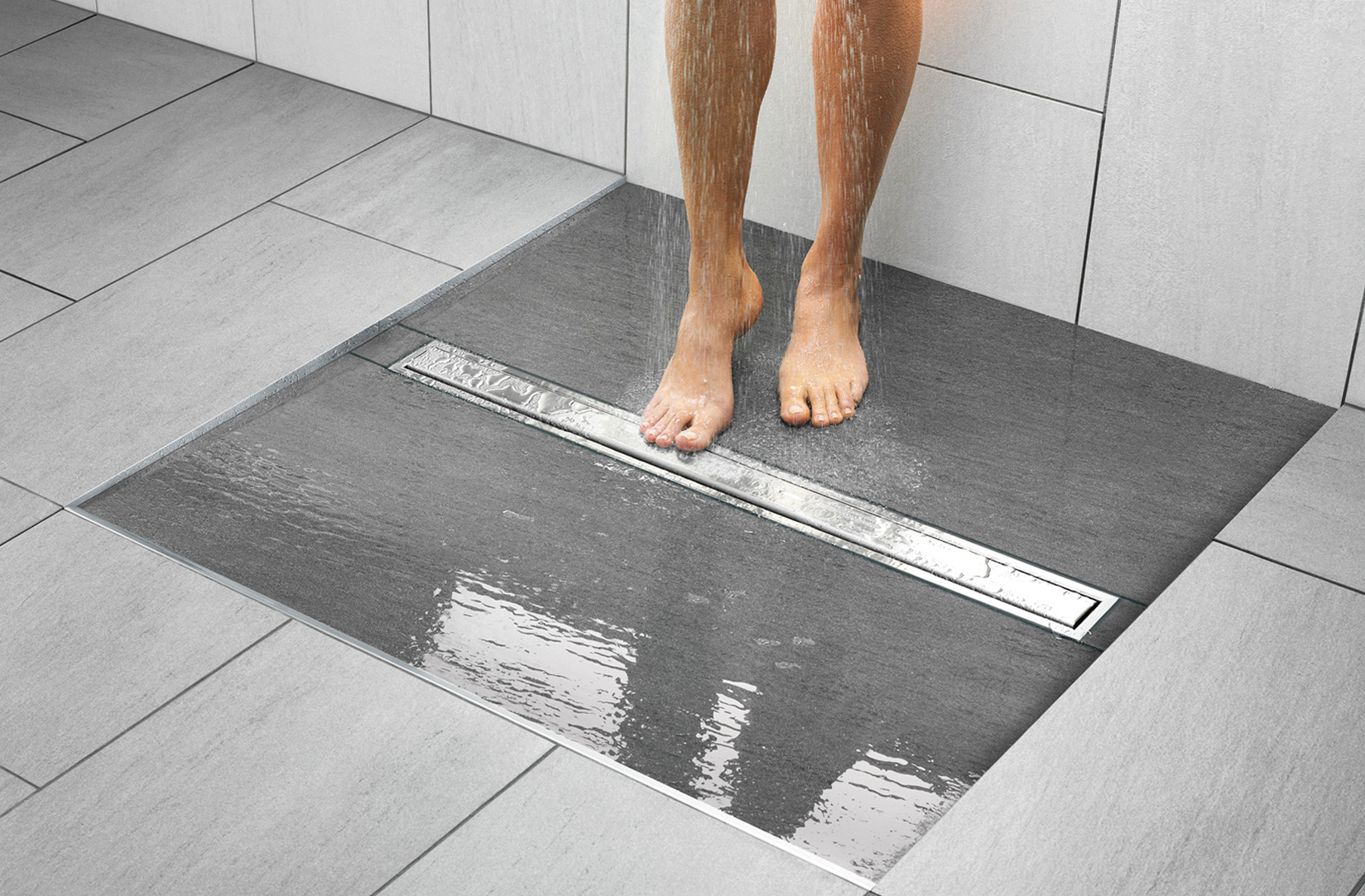
Heated Drains for Cold Climates
Heated drains offer a robust solution for garages located in cold climates, where freezing temperatures can cause traditional drainage systems to freeze and block, rendering them ineffective. These drains are equipped with heating elements that prevent ice formation within the drain, ensuring continuous water flow even in freezing conditions.
The heating elements can be automatically controlled based on temperature, activating only when there is a risk of freezing, making them energy-efficient. This system is essential not only for the functionality of the garage’s drainage system but also for preventing potential water damage caused by backflow or bursting pipes due to ice blockages.
Heated drains are particularly useful in garages used for storing vehicles that may bring in snow and ice, as well as in workshops where water use is frequent. Installing heated drains requires access to electrical power and should be done in accordance with safety standards to ensure the system’s reliability and durability. By maintaining an ice-free drain, heated drains ensure that garages in cold climates remain safe, dry, and fully functional throughout the winter months.
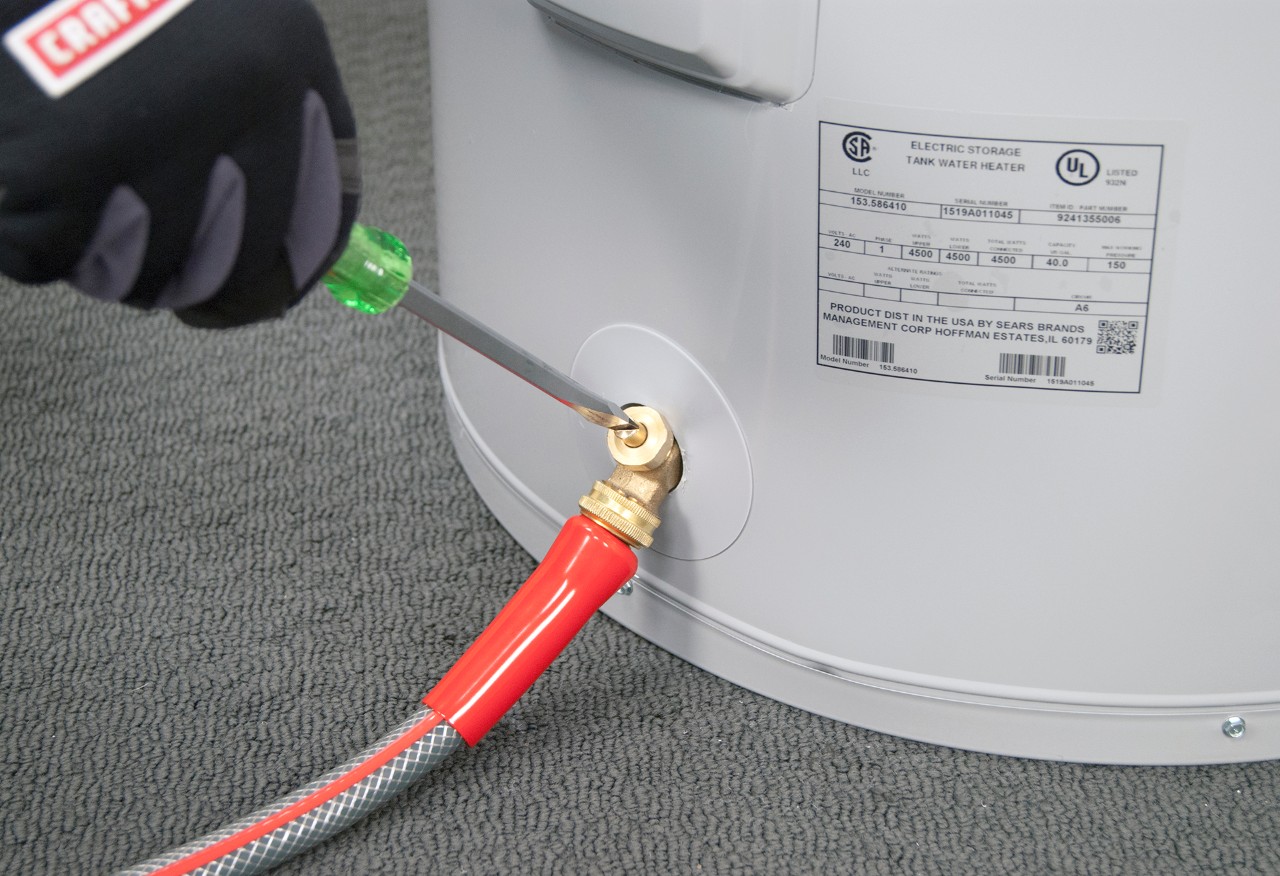
Decorative Grates for Aesthetic Appeal
Decorative grates offer an opportunity to enhance the visual appeal of garage drainage systems while maintaining their functional purpose. These grates come in a variety of designs, materials, and finishes, allowing homeowners to select options that complement the garage’s overall design and personal style.
From intricate patterns that mimic natural elements to sleek, modern designs that align with contemporary aesthetics, decorative grates transform a purely utilitarian feature into a design statement. Beyond their aesthetic value, these grates are designed to be durable and efficient at water management, ensuring that functionality is not sacrificed for style.
The choice of materials, such as cast iron, stainless steel, or durable plastics, offers flexibility in matching the grate to the garage’s use conditions, whether it’s for light residential use or heavier commercial applications. Installing decorative grates is a simple yet effective way to elevate the look of a garage, making it a more pleasant and visually cohesive space.
For homeowners looking to integrate their drainage solutions into the overall design theme of their property, decorative grates provide an ideal blend of form and function.
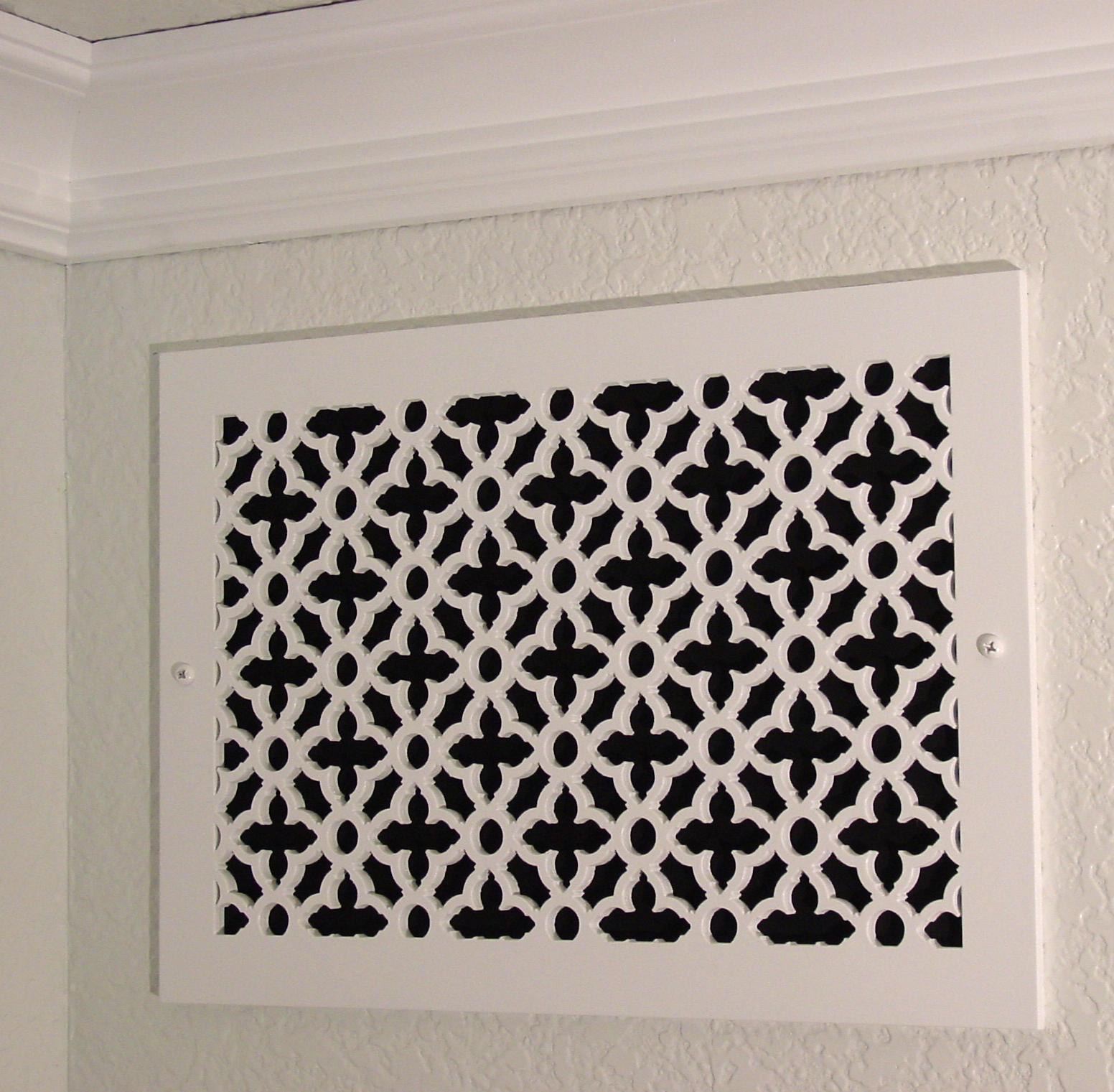
You may also like: 7 Best Garage Concrete Floor Cleaners
Easy-to-Clean Catch Basins
Easy-to-clean catch basins are an essential component of an efficient garage drainage system, designed to trap debris and sediment while allowing water to flow freely. These basins are positioned beneath the grate of a drain and serve as a preliminary filtration layer, capturing larger particles that could potentially clog the drainage pipes. The key feature of these catch basins is their ease of maintenance.
They are typically designed with a removable basket or trap that can be easily lifted out for cleaning, allowing homeowners to quickly clear out leaves, dirt, and other debris without the need for specialized tools or professional help. This design not only prolongs the life of the drainage system by preventing blockages but also ensures that water continues to flow smoothly, keeping the garage floor dry and safe.
Easy-to-clean catch basins are particularly beneficial in areas where debris accumulation is common, such as garages adjacent to gardens or driveways. By incorporating these into the garage’s drainage design, homeowners can significantly reduce maintenance efforts and ensure their drainage system remains effective over time.
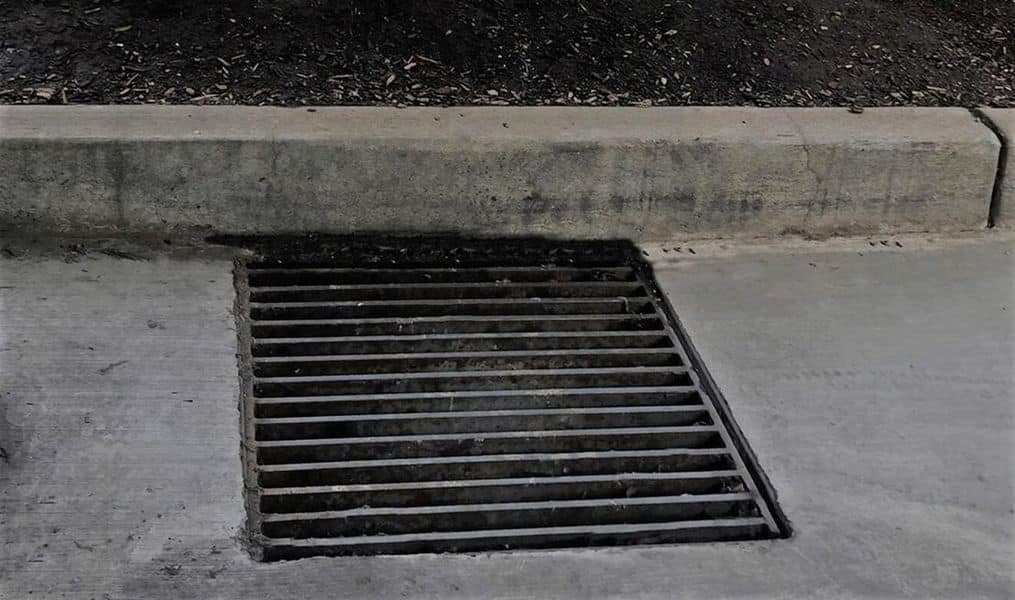
Oil Separators for Workshops
Oil separators are a critical feature for workshops and garages where vehicle maintenance and repair are regularly performed. These devices are designed to separate oil and other hydrocarbons from water before it enters the drainage system, preventing pollution and ensuring compliance with environmental regulations. Oil separators work on the principle that oil is less dense than water and will naturally separate over time.
The separator provides a containment area where water can slow down, allowing oil to rise to the surface and be trapped while cleaner water exits the system. This is especially important in workshops where oil, grease, and chemicals are commonly used, as it prevents these substances from contaminating the water supply or local waterways.
Installing an oil separator requires consideration of the workshop’s size and the volume of liquids it typically handles to choose an appropriately sized separator. By integrating oil separators into their drainage systems, workshops can protect the environment, adhere to legal requirements, and maintain a cleaner, safer working area.
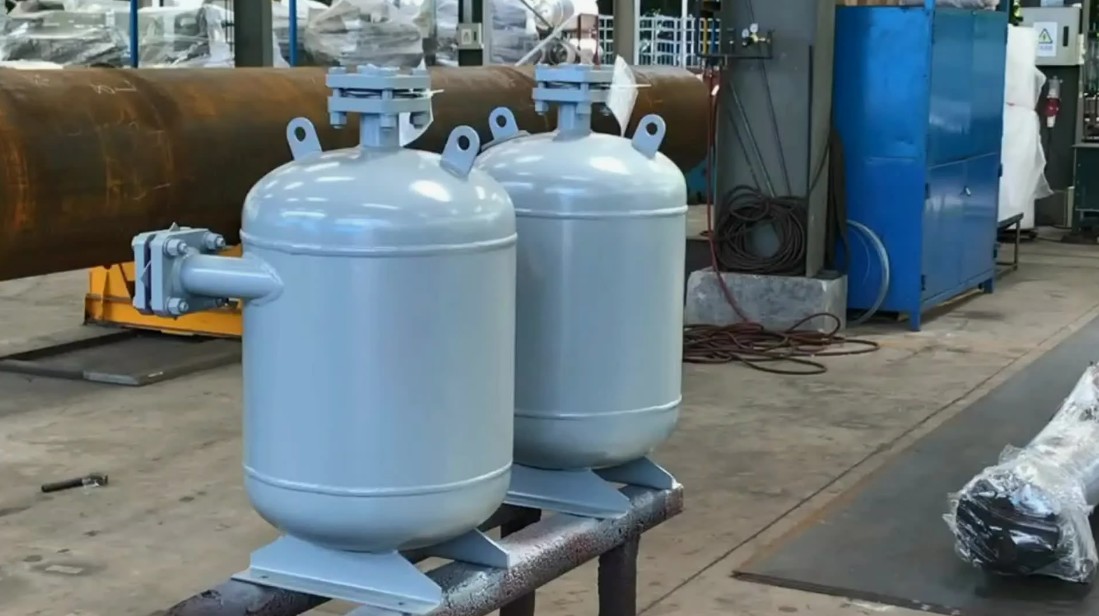
Drainage Mats for Quick Solutions
Drainage mats offer a fast and effective solution to manage water in garages, especially in areas where installing traditional drainage systems is not feasible or too costly. These mats are designed with raised patterns or perforations that allow water to flow beneath the walking surface, providing a dry and slip-resistant area to work or walk on.
Drainage mats are particularly useful for managing occasional water spillage or in garages where moisture accumulates due to condensation or minor leaks. They can be placed in specific problem areas, such as under vehicles, around workbenches, or in entryways, to prevent water from spreading across the garage floor. The versatility of drainage mats lies in their portability; they can be easily moved or removed for cleaning, making them a convenient option for temporary or seasonal water management needs.
Made from durable materials like rubber or polyvinyl, drainage mats withstand heavy use and resist oil, chemicals, and other substances commonly found in garages. This solution is ideal for homeowners looking for a straightforward, no-installation-required approach to keeping their garage floors dry and safe.
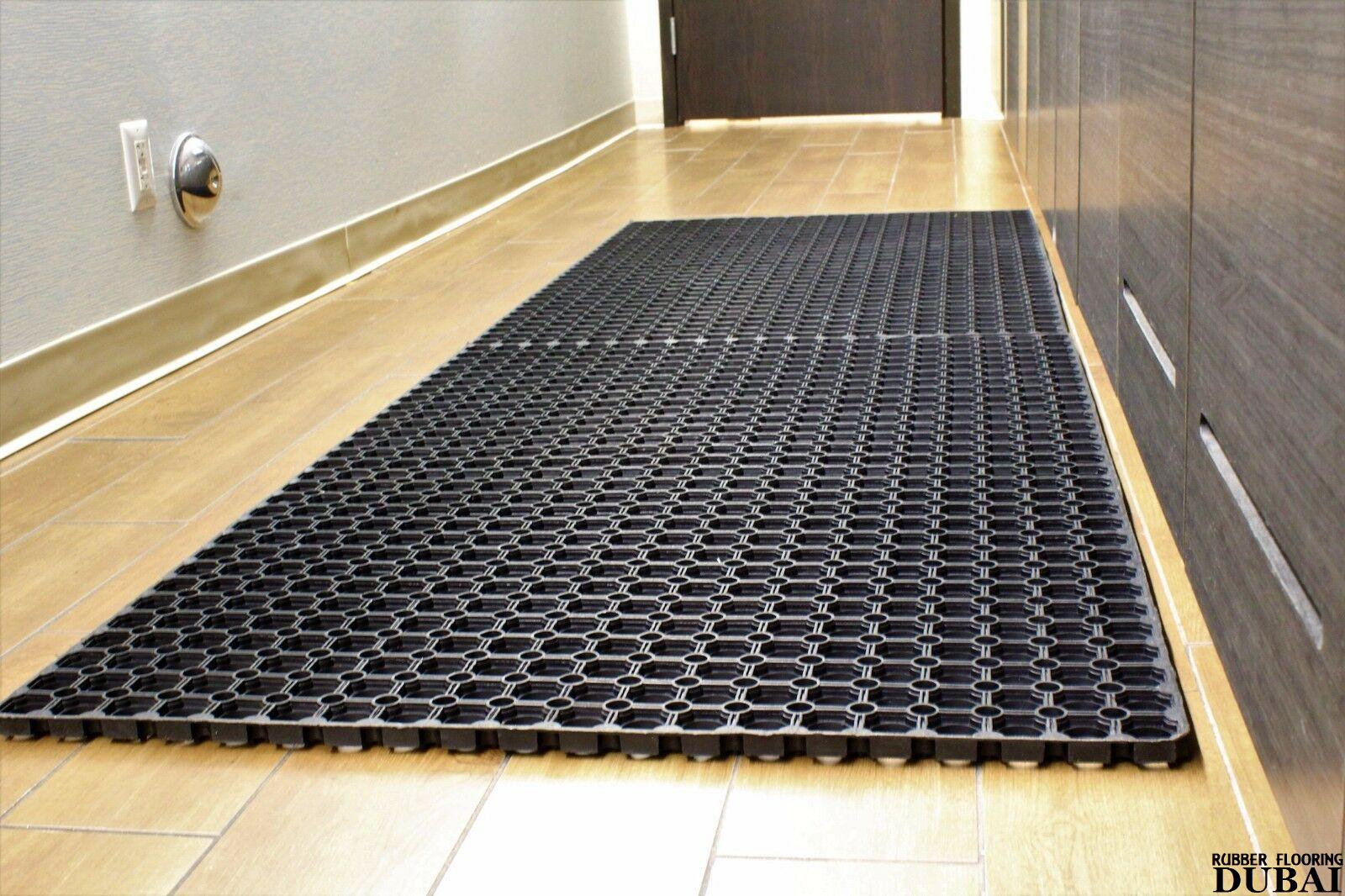
Epoxy Coating Around Drains for Durability
Applying an epoxy coating around garage floor drains is a strategic approach to enhancing the durability and functionality of the drainage area. Epoxy, a type of durable resin, creates a seamless, waterproof barrier that is resistant to chemicals, stains, and wear. This protective layer is particularly beneficial around drains, where the floor is more susceptible to moisture exposure and chemical spills.
The epoxy coating not only protects the concrete from water damage and corrosive substances but also facilitates easier cleaning by preventing dirt and grime from adhering to the surface. Moreover, epoxy’s smooth finish improves water flow towards the drain, reducing the risk of water pooling and stagnation.
Implementing an epoxy coating around drains is a proactive measure that homeowners can take to extend the life of their garage floor and maintain its appearance. The process involves preparing the surface, applying the epoxy, and allowing it to cure, resulting in a durable, high-gloss finish that enhances both the functionality and aesthetics of the garage space.
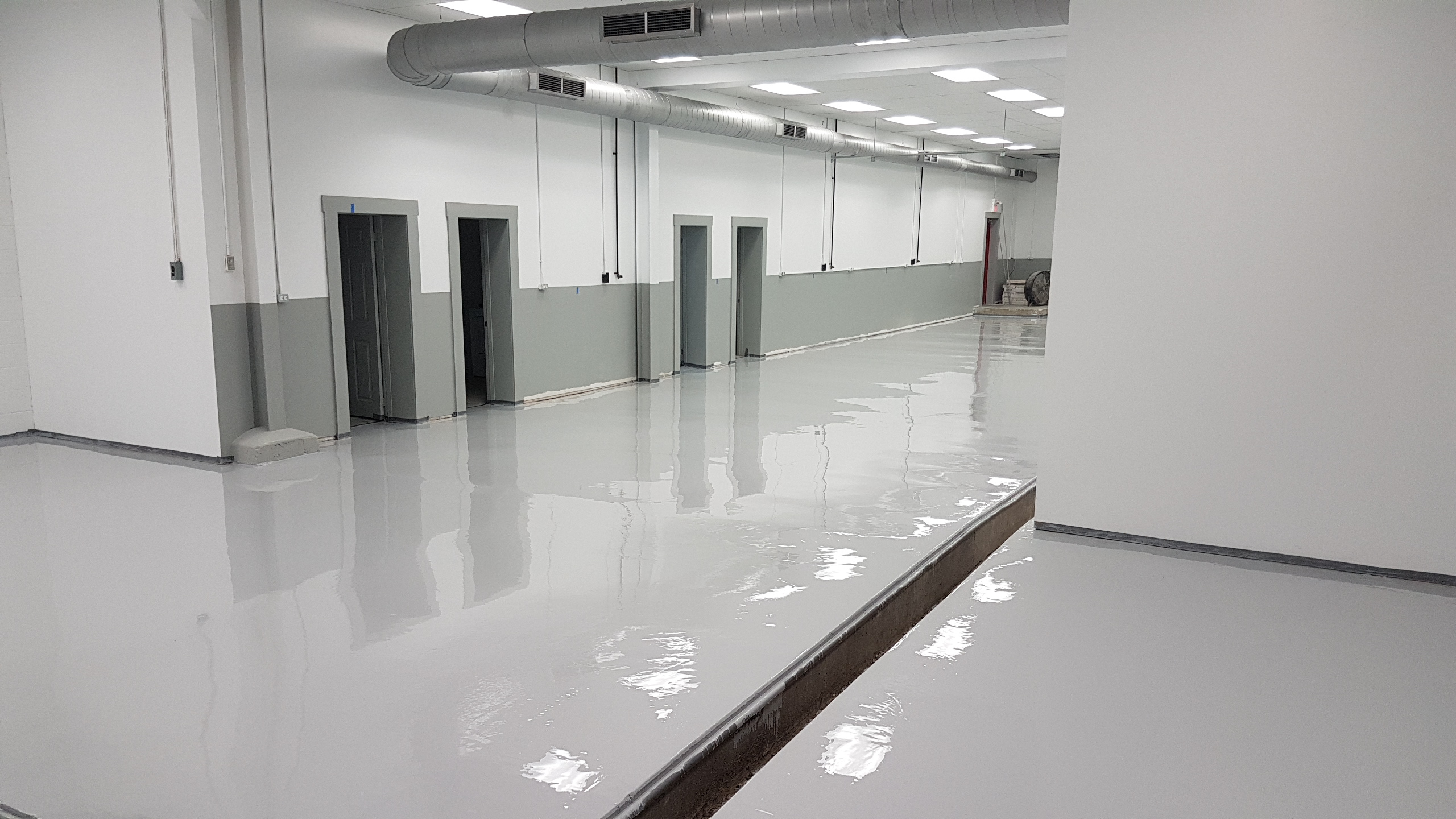
Adjustable-height Drains for Customization
Adjustable-height drains represent an innovative solution to the challenge of maintaining optimal drainage in garages with varying floor levels or slopes. These drains feature a design that allows for the adjustment of the drain’s height to match the floor’s contour precisely. This customization ensures that the drain remains at the lowest point of the floor, maximizing water capture and removal.
Adjustable-height drains are particularly useful in garages where the floor may settle or shift over time, or in custom garage builds where precise slope management is critical. The flexibility of these drains allows homeowners to easily adapt their drainage system to changing conditions without the need for costly renovations or alterations.
Installation typically involves a telescoping body or adjustable legs that can be raised or lowered, ensuring a perfect fit with the garage floor. By incorporating adjustable-height drains, homeowners can achieve a tailored drainage solution that effectively manages water flow, protecting their garage from moisture-related issues.
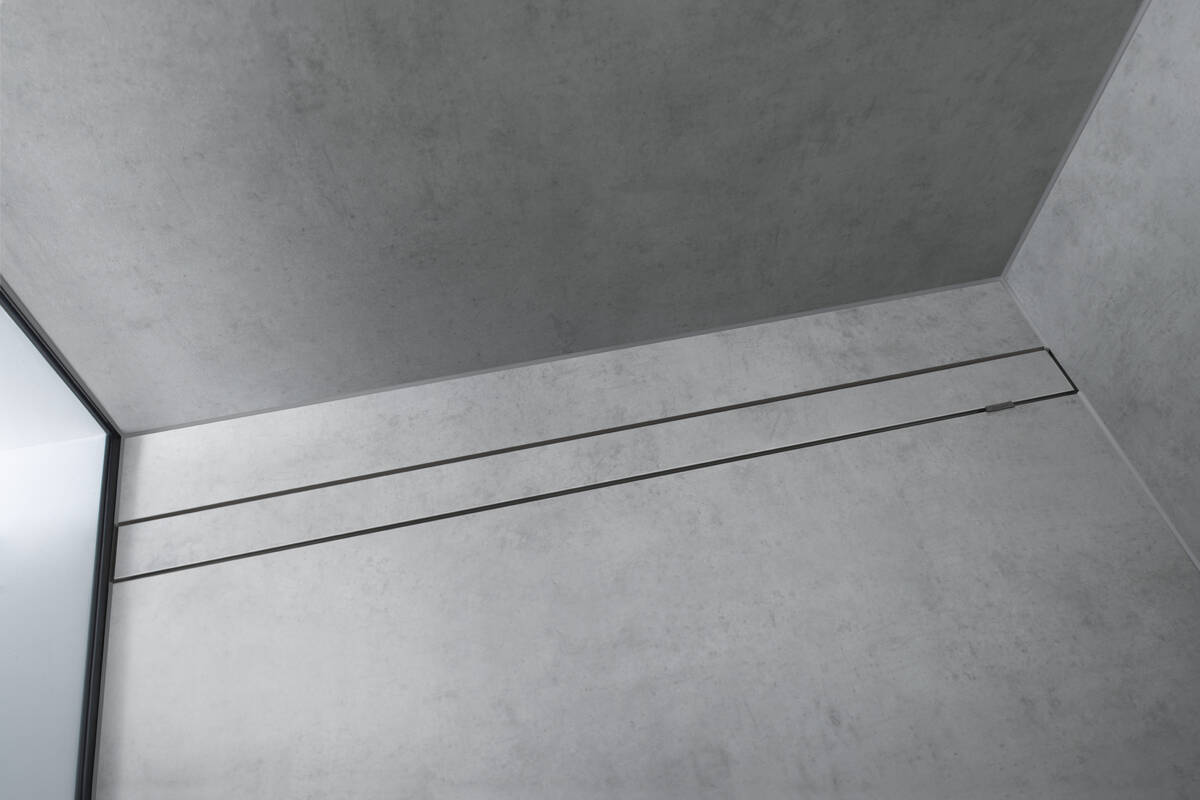
You may also like: 5 Best Garage Floor Coating Types Compared
Sump Pump Integration for High Water Volume
Integrating a sump pump into the garage’s drainage system is an effective strategy for managing high volumes of water, especially in areas prone to heavy rainfall or flooding. A sump pump works by automatically pumping water away from the garage to a designated drainage area, preventing water from accumulating and causing damage.
This system is particularly beneficial for garages located in low-lying areas or those with inadequate natural drainage. The sump pump is typically installed in the lowest part of the garage, where a sump pit collects incoming water. Once the water in the pit reaches a certain level, the sump pump activates, efficiently removing the water and maintaining a dry garage environment.
Sump pump integration requires careful planning and installation to ensure optimal performance, including determining the appropriate pump size and capacity for the garage’s specific needs. This solution offers peace of mind to homeowners, safeguarding their property against water damage and ensuring that their garage remains usable, regardless of the weather conditions outside.
